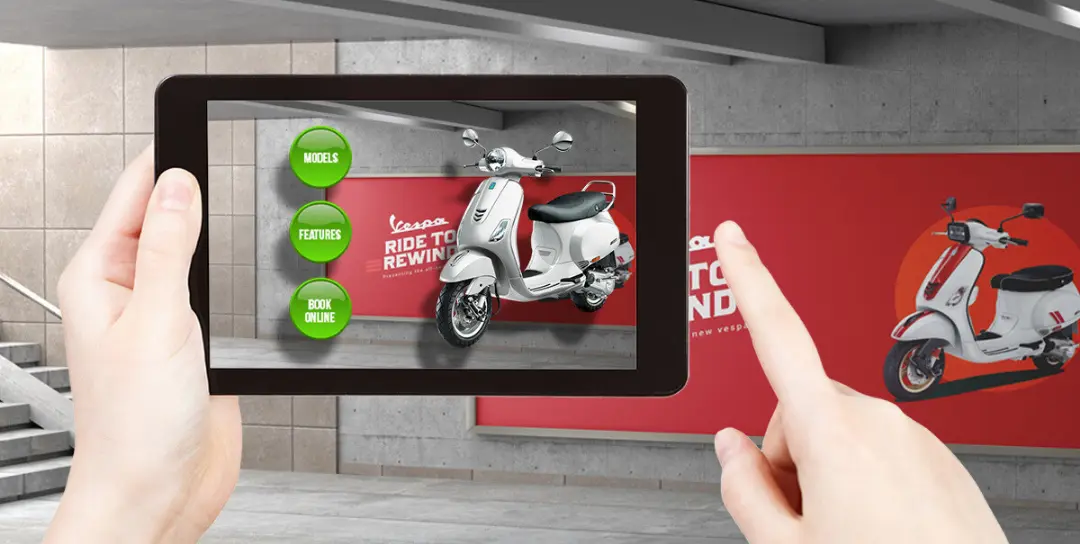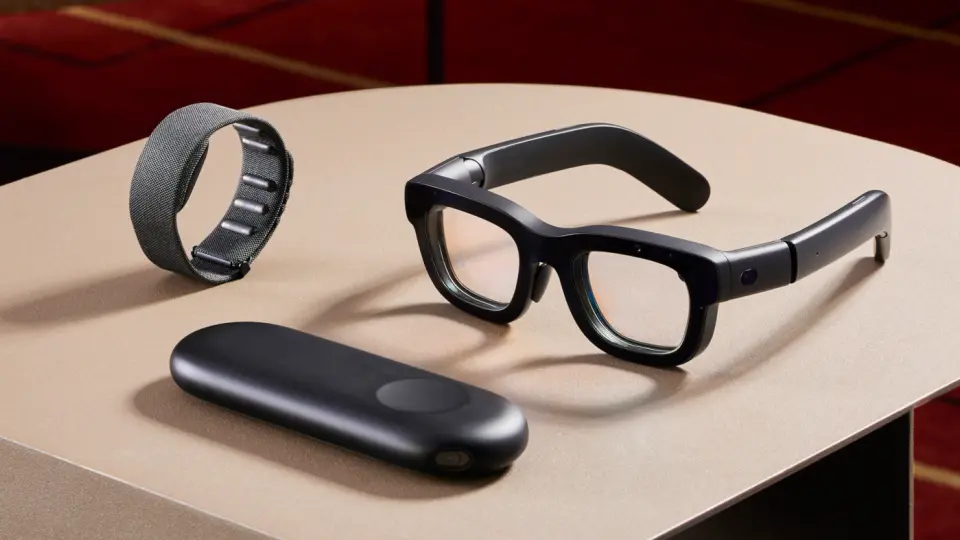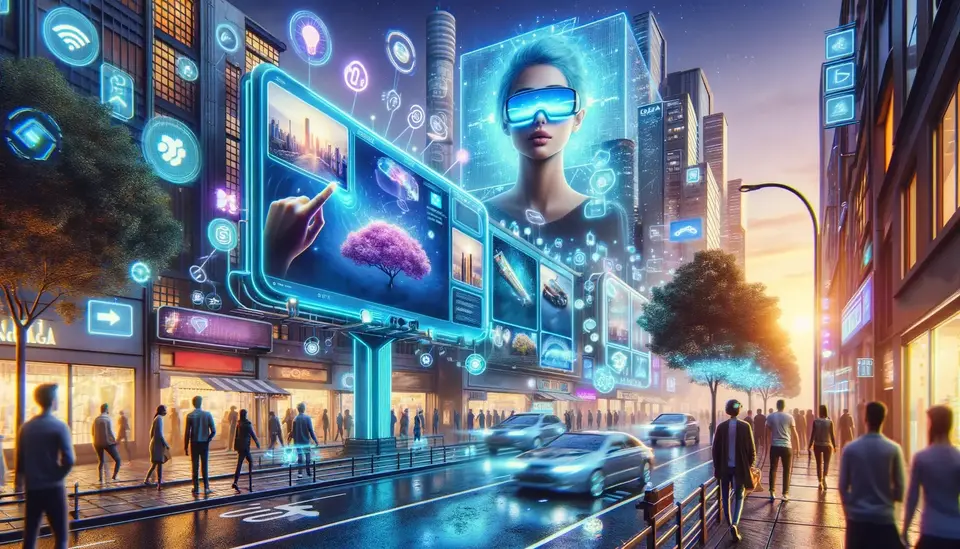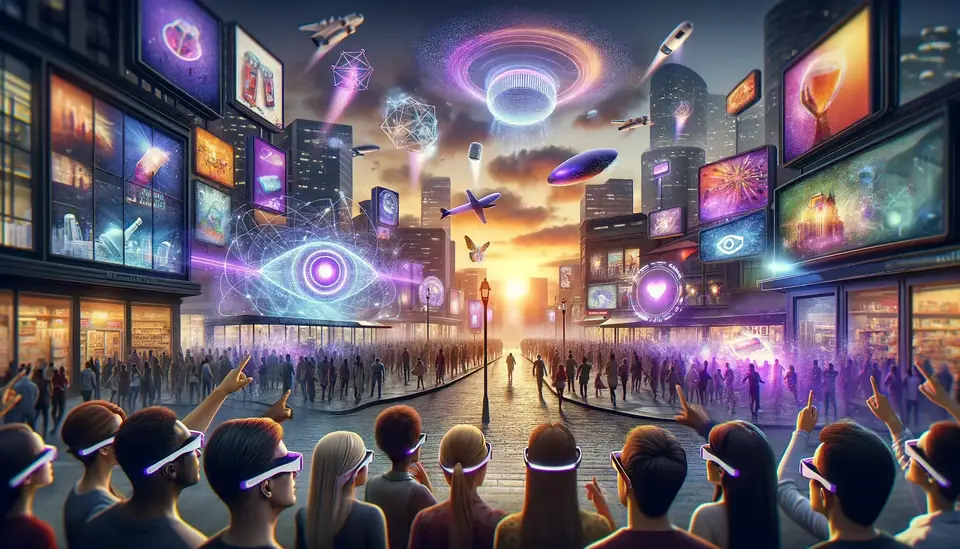Augmented Reality (AR) in Marketing and Advertising
Posted on May 5, 2023 4 minutes 822 words
Table of contents
In recent years, augmented reality (AR) has emerged as a powerful tool in marketing and advertising, reshaping the way businesses engage with their customers. By seamlessly integrating digital content into the physical world, AR creates immersive and interactive experiences that captivate audiences and elevate brand exposure. This blog post will delve into the history of AR, explore its benefits for businesses, showcase innovative campaigns and use cases, and discuss the future of AR in marketing and advertising.
The Evolution of Augmented Reality in Marketing and Advertising
The concept of augmented reality dates back to the 1960s, but it was not until the late 2000s that AR technology began to gain traction in marketing and advertising. The proliferation of smartphones and wearable devices has played a crucial role in popularizing AR, as these gadgets have made it easier for users to access and interact with digital content.
As AR technology has matured, marketers have shifted from traditional marketing tactics to immersive experiences that engage customers on a deeper level. These experiences not only capture users’ attention but also provide valuable insights into consumer preferences, making it easier for brands to tailor their marketing strategies to suit their target audience.
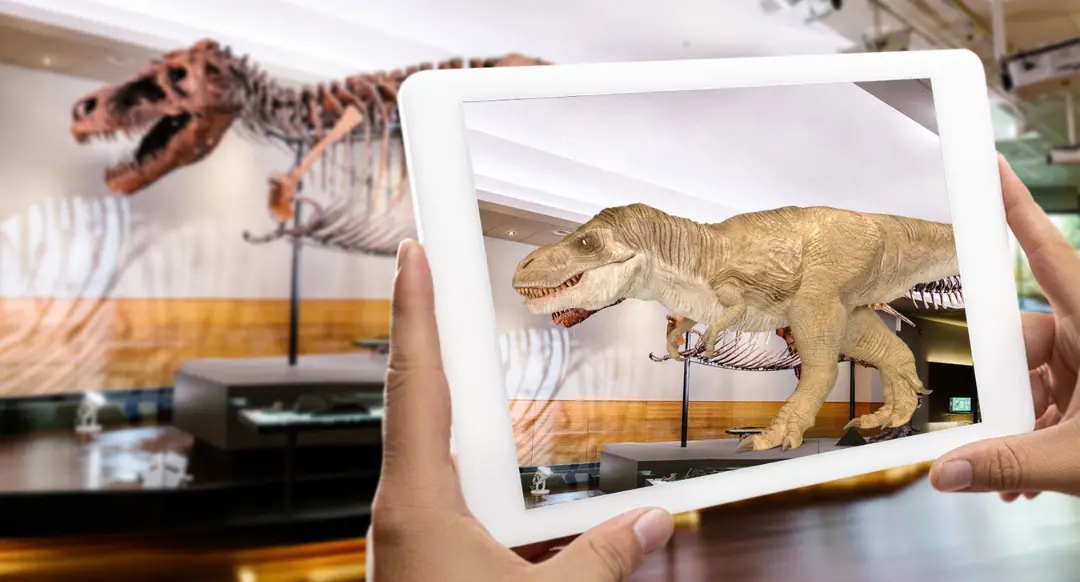
Benefits of Augmented Reality for Businesses
Augmented reality offers numerous advantages for businesses seeking to enhance their marketing and advertising efforts.
Enhanced Customer Engagement
AR enables interactive experiences that keep customers engaged and entertained, increasing the likelihood of brand recall and conversion.
Personalized Experiences
By leveraging user data, AR can deliver tailored experiences that cater to individual preferences, thereby fostering a deeper connection between the brand and its customers.
Bridging the Online and Offline Shopping Divide
AR allows customers to virtually try on products, visualize furniture in their homes, or explore new car models, blurring the line between the digital and physical worlds and facilitating informed purchasing decisions.
Increased Brand Awareness and Memorability
AR campaigns can generate buzz and drive social media sharing, helping businesses expand their reach and cultivate a memorable brand image.
Boosted Sales and Customer Loyalty
By offering unique and engaging experiences, AR can encourage repeat purchases and foster customer loyalty.
Innovative Use Cases and Campaigns
Several industries have embraced AR technology to create groundbreaking marketing campaigns.
Fashion
Luxury brand Gucci launched the “Gucci AR Try-On” feature within its app, allowing users to virtually try on sneakers and share images on social media.
Automotive
Porsche created an AR app that let users explore the features of its Mission E electric car concept, virtually placing it in their driveways or local streets.
Retail
IKEA introduced the “IKEA Place” app, enabling customers to visualize how furniture would look and fit in their homes using AR technology.
Food and Beverage
Pepsi Max developed the “Unbelievable Bus Shelter” campaign, which featured an AR-powered bus shelter in London that surprised commuters with wild scenarios, such as an alien invasion or a tiger running loose.
These campaigns demonstrate the versatility of AR technology and offer valuable lessons for businesses seeking to create impactful and memorable experiences for their customers.
The Future of Augmented Reality in Marketing and Advertising
As technology continues to advance, AR will likely become even more integral to marketing and advertising strategies.
Mixed Reality and Virtual Reality
As these technologies become more accessible, marketers will have the opportunity to create even more immersive experiences that blend the physical and digital worlds.
Content Creation and Social Media
AR filters and lenses on platforms like Instagram, Snapchat, and Facebook have already proven popular, and this trend is expected to grow as businesses increasingly adopt AR to engage with their audiences.
Data Analytics
AR can provide a wealth of data on user behavior, preferences, and engagement, which can inform marketing strategies and drive more targeted campaigns.
Ethical Considerations
As AR technology becomes more widespread, it raises concerns about privacy, data security, and informed consent. Marketers must navigate these issues responsibly to maintain consumer trust and protect their brand reputation.
Location-Based Marketing
AR can be used to deliver geo-targeted content, offering contextually relevant promotions, and experiences based on users’ proximity to specific locations. This can drive foot traffic to brick-and-mortar stores and create a seamless connection between online and offline brand interactions.
Enhanced Storytelling
AR enables marketers to craft immersive narratives, blending the digital and physical worlds to create compelling stories that resonate with consumers. By leveraging AR in storytelling, businesses can evoke emotions and foster a deep connection with their target audience.
Conclusion
Augmented reality is transforming the landscape of marketing and advertising, offering businesses an array of benefits, including enhanced customer engagement, personalized experiences, and increased brand awareness. As technology continues to advance, it is crucial for businesses to stay ahead of the curve by embracing AR and investing in innovative campaigns. By doing so, brands can create memorable experiences that resonate with consumers, drive customer loyalty, and ultimately, elevate their market position.

